Comprehensive Dry Dock Checklist: Preparations Before Dry Dock

Dry docking is a vital maintenance phase for ships, where the vessel is taken out of the water to inspect, clean, repair, and maintain various components. For this process to be efficient and effective, meticulous planning is required.
This detailed checklist will guide shipowners, crew, and ship managers through all the essential steps to ensure a successful dry dock period.
1. Review Items for Class Survey
The first and most critical step is to thoroughly review the list of items that are due for the class survey. The classification society requires certain machinery, structures, and systems to be inspected periodically.
Overlooking any item may lead to costly delays and repeat inspections during dry dock. Make sure to account for items that require renewal or repair, ensuring they meet the class standards.

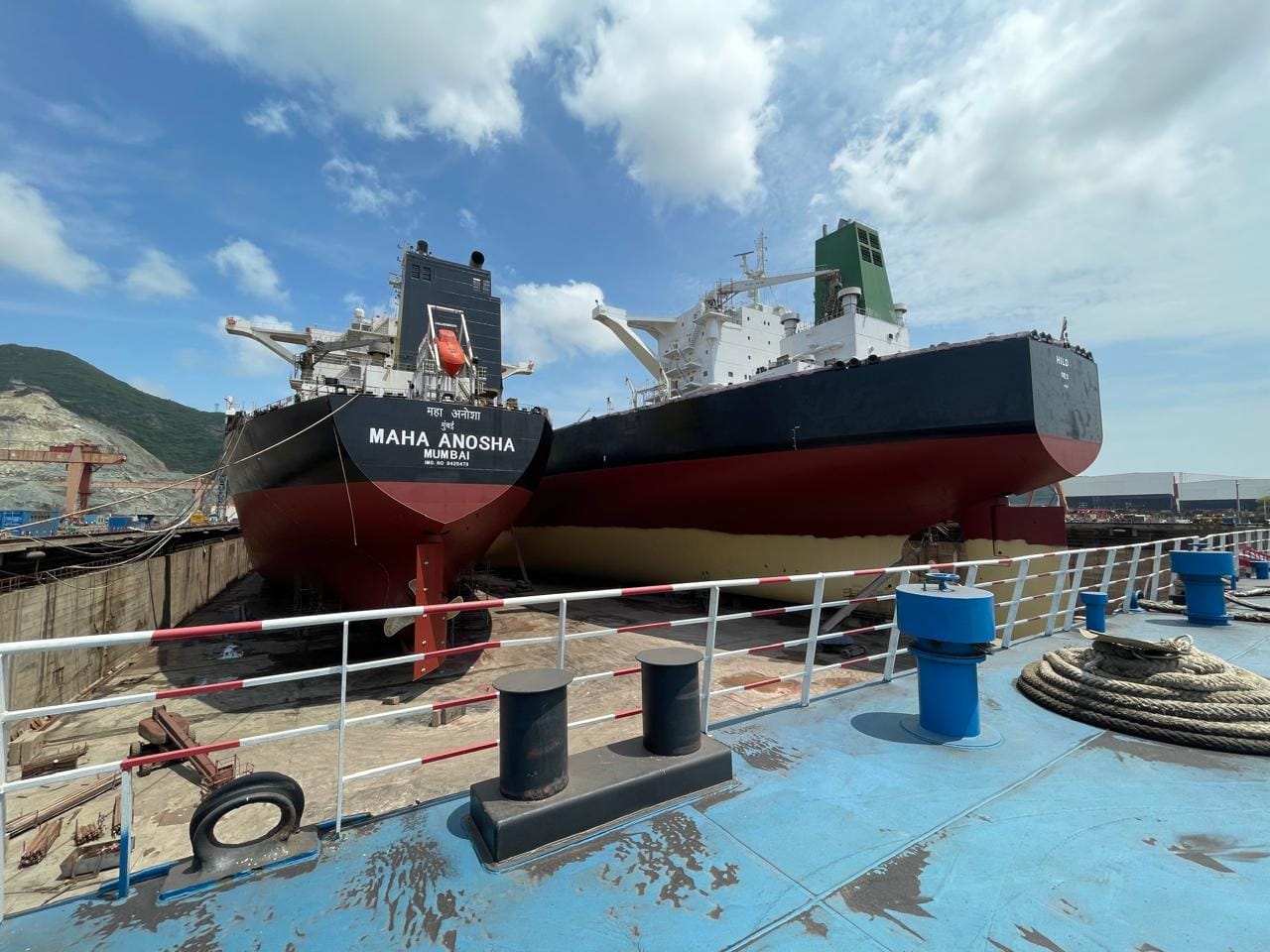
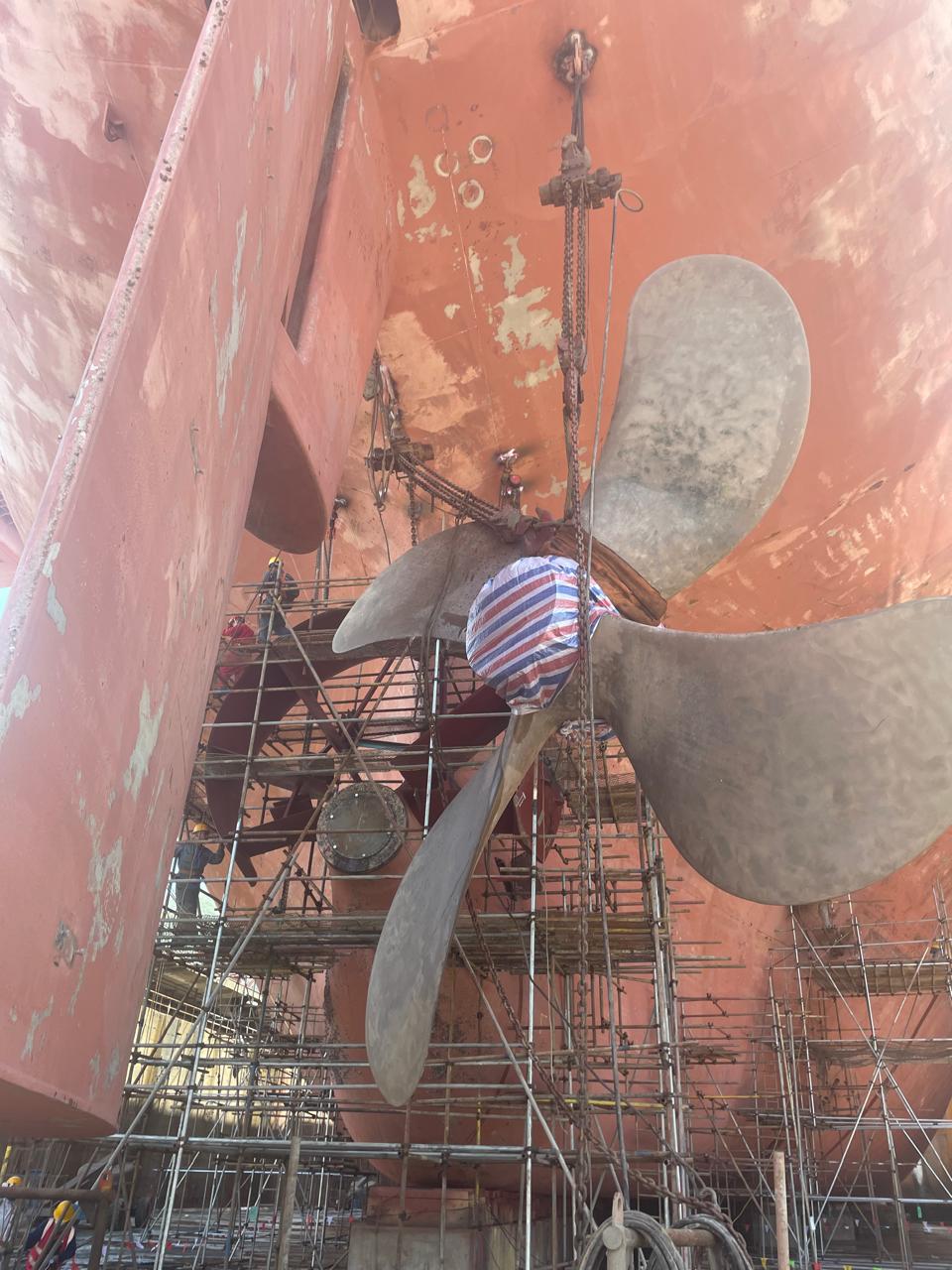
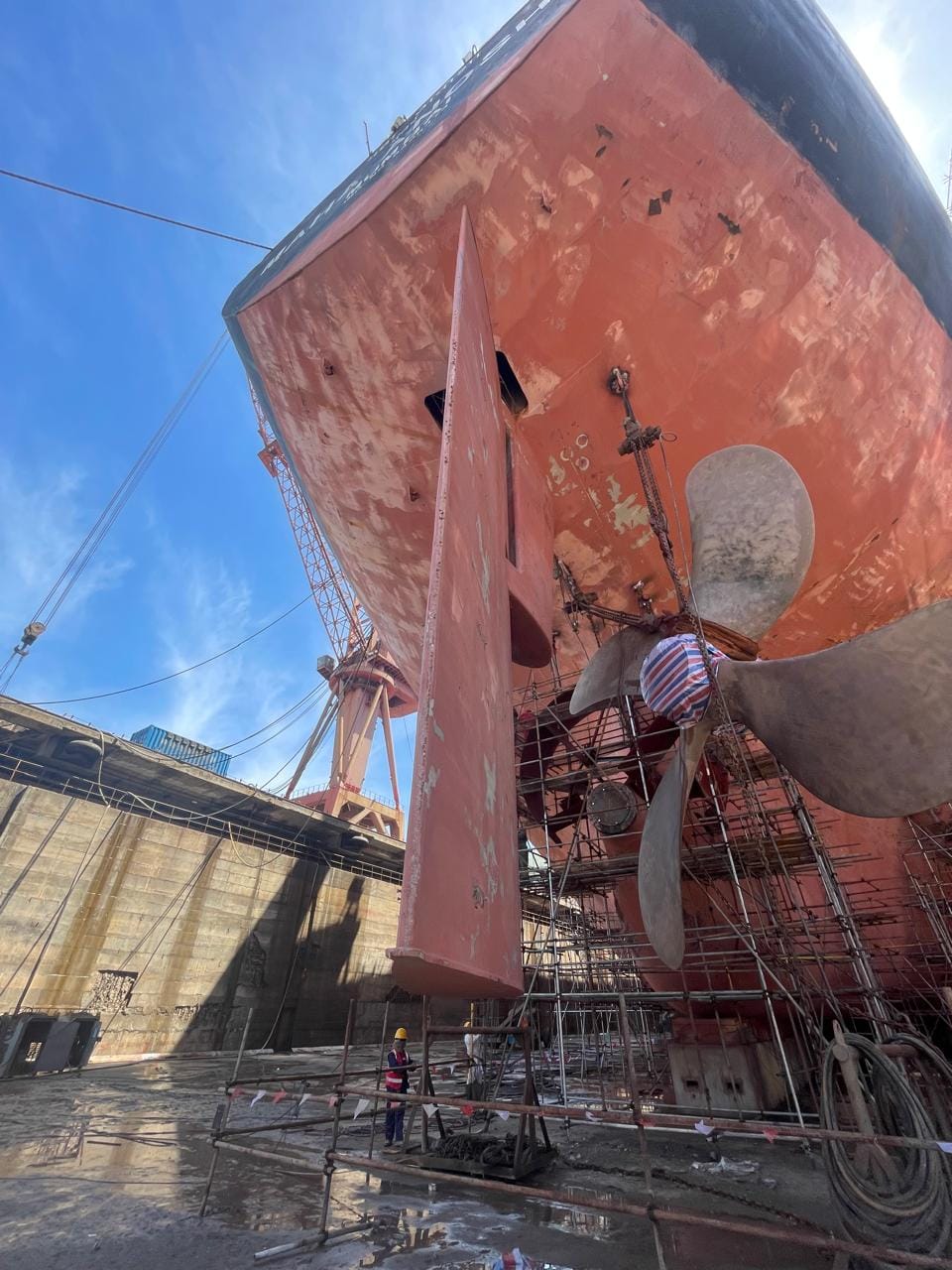
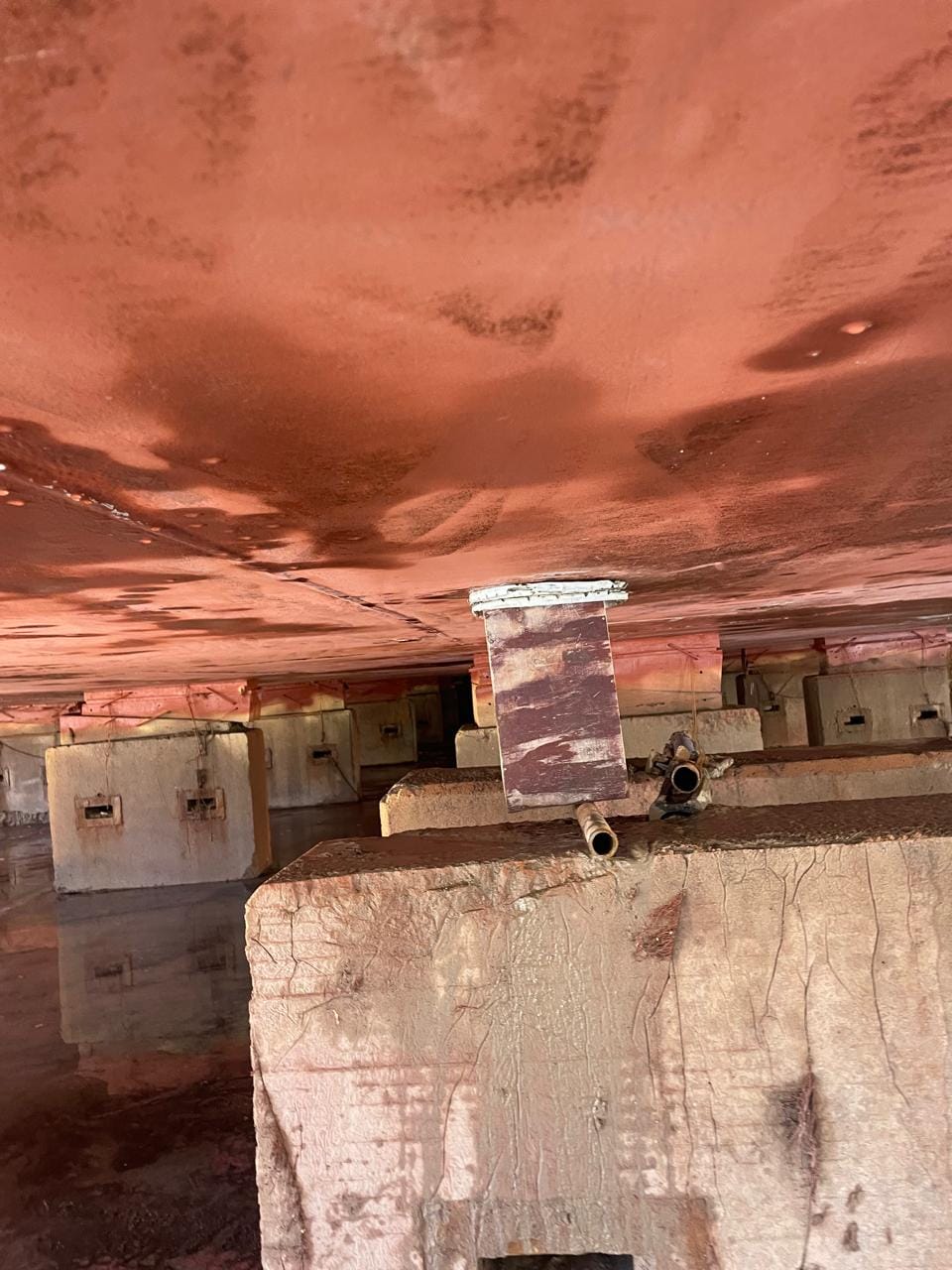
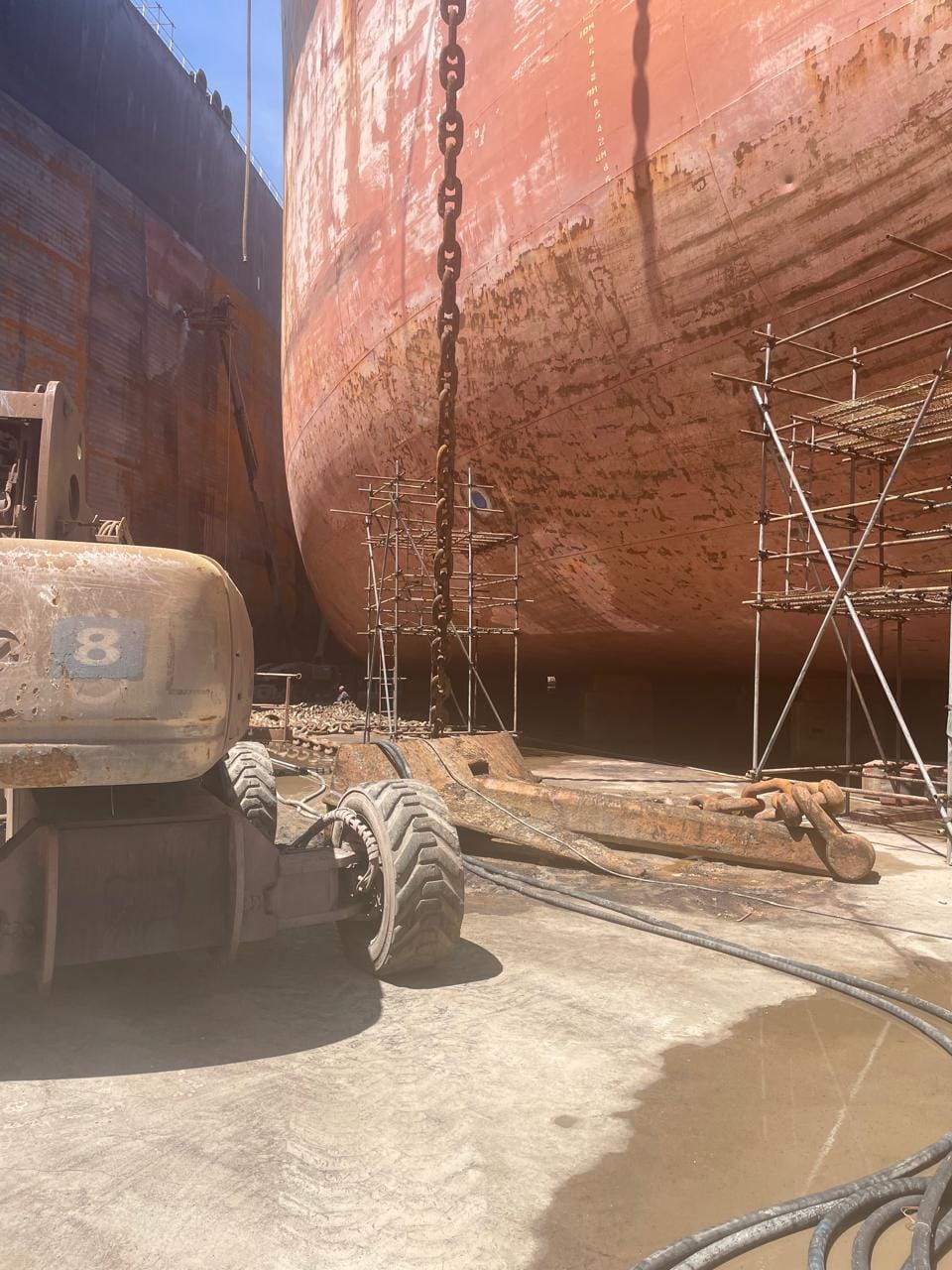
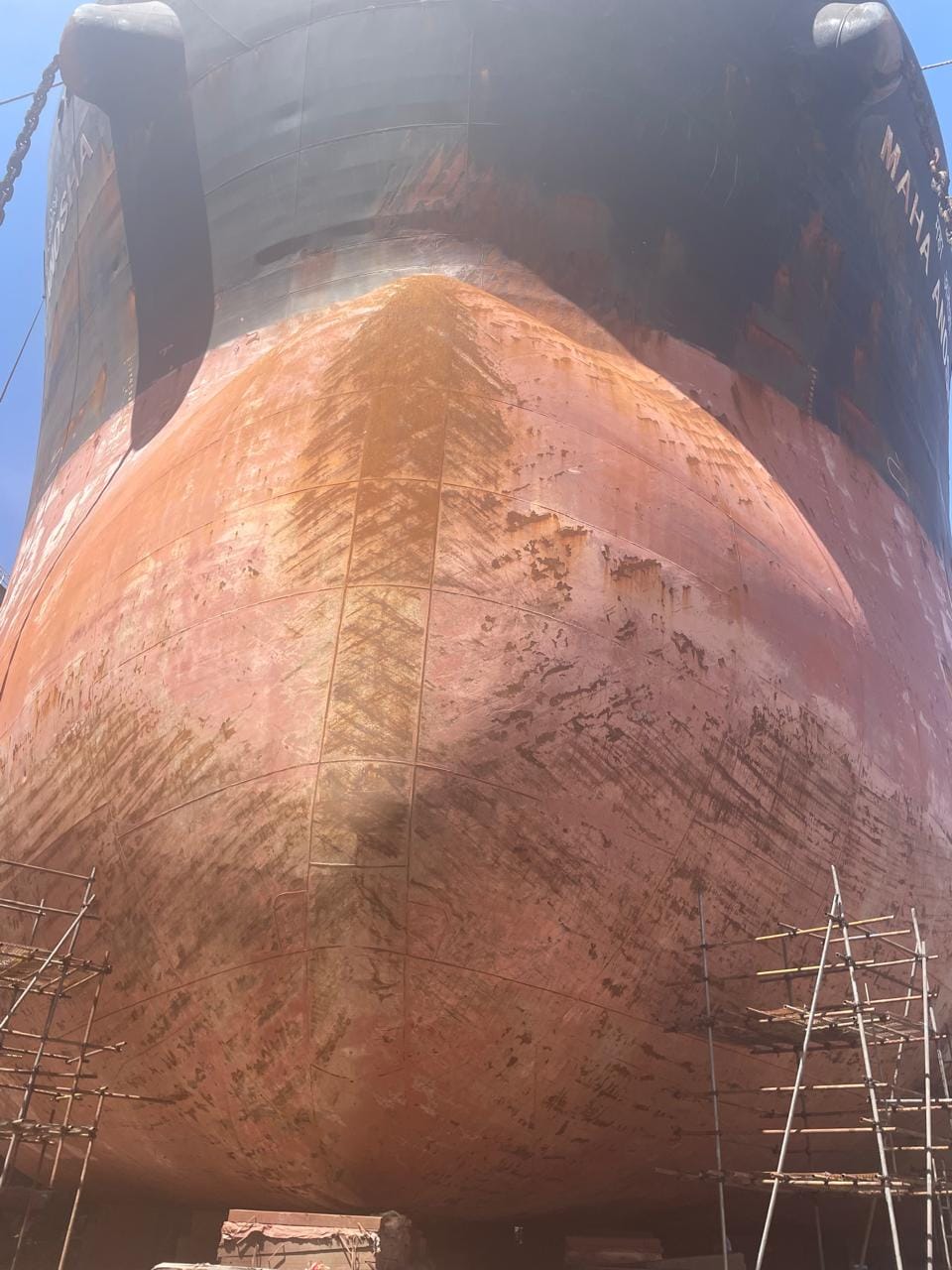
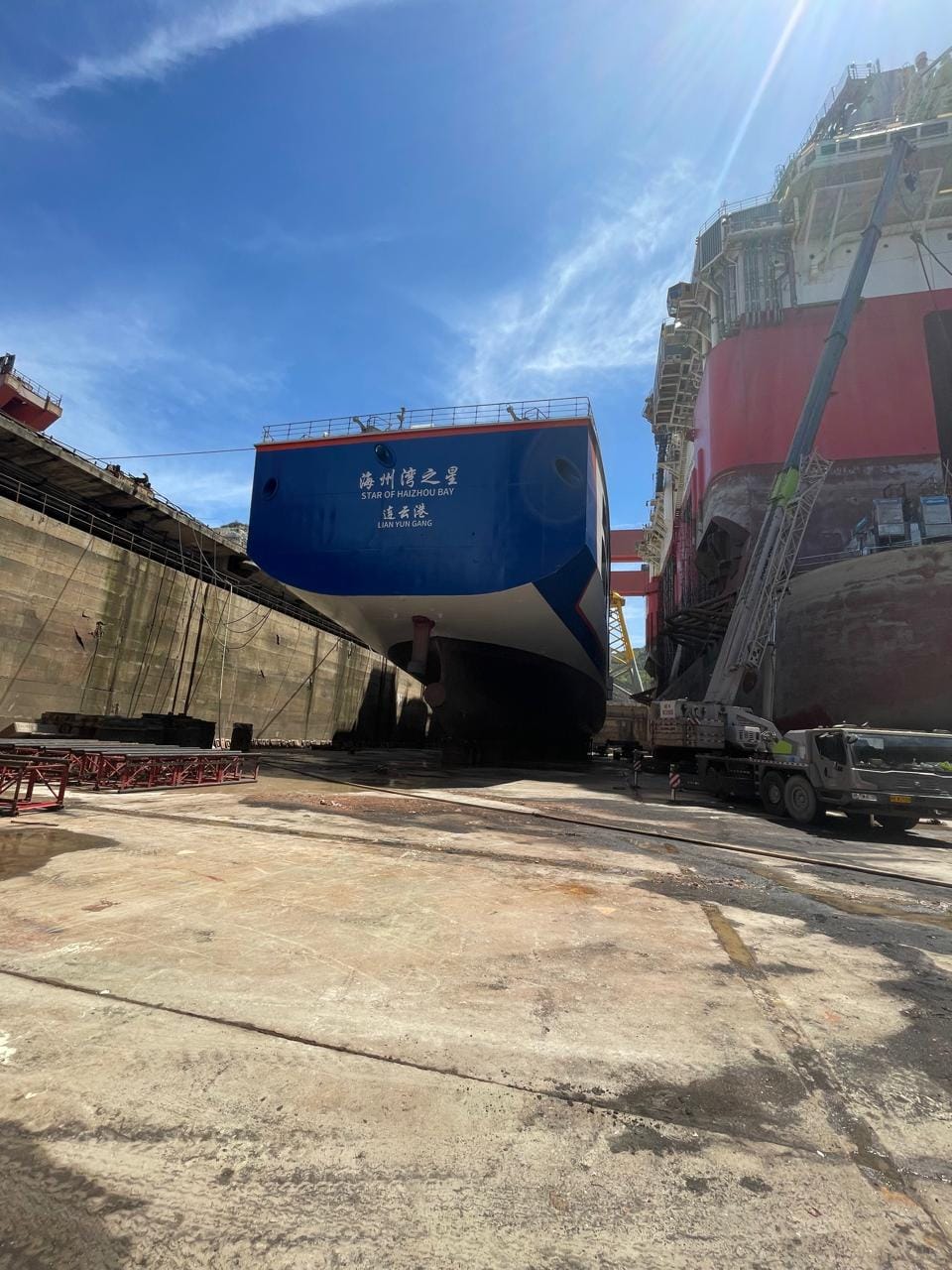
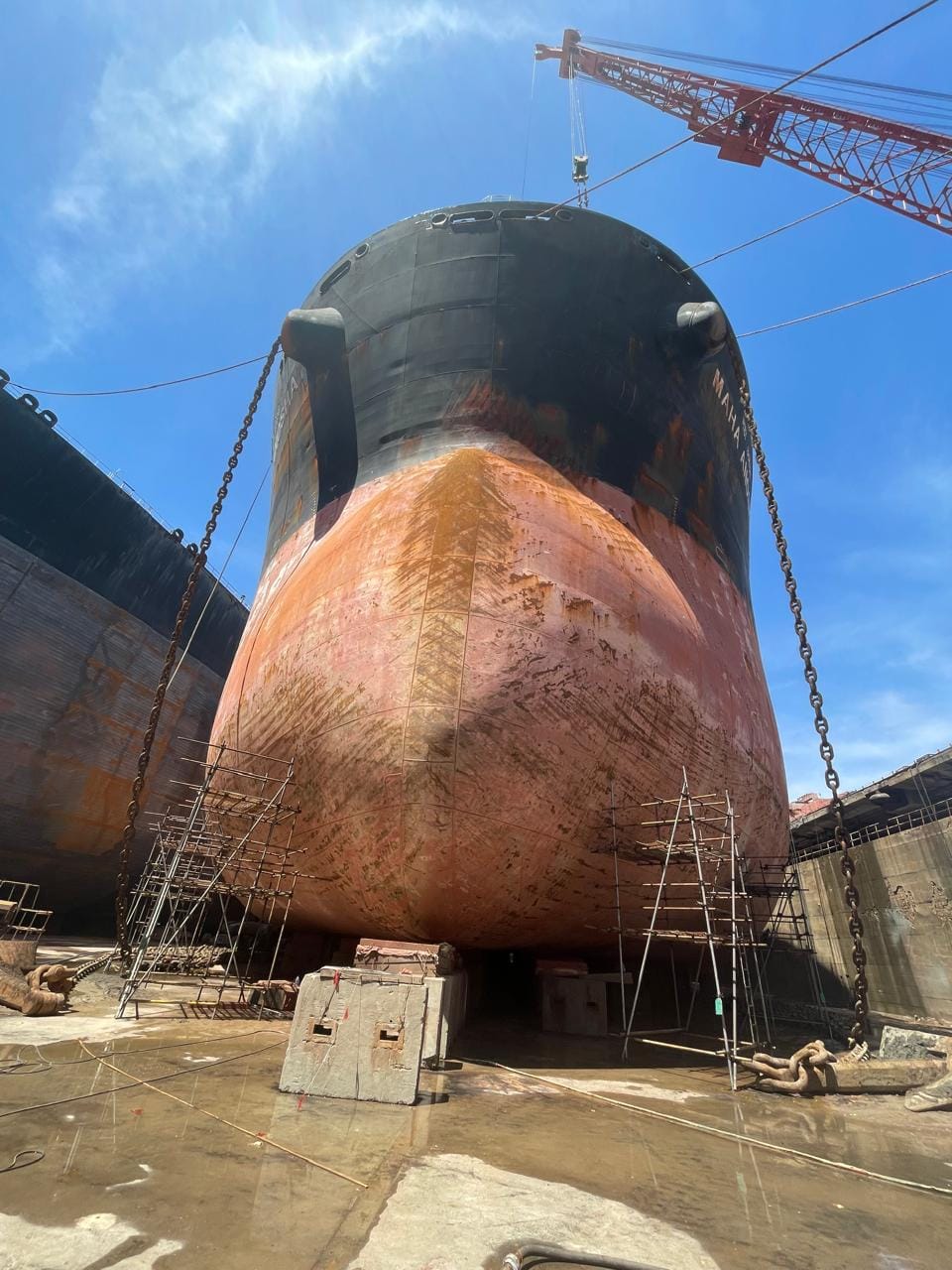
Some Drydock Images Below: Courtesy: Five Stars Shipping
2. Prepare Survey Records and Documentation
Survey records, particularly TEC 15 for machinery, must be prepared well in advance. These records should include complete documentation for each piece of machinery that has been surveyed, and accompanying photos showing the condition and configuration of the machinery.
Ensure that all records are neatly organised and ready for presentation to the class surveyor. Proper documentation is critical to demonstrate compliance and make the survey process faster and more accurate.
3. Consult Manuals, Pipeline Drawings, and Certificates
Before entering dry dock, all relevant manuals, pipeline drawings, and system diagrams must be reviewed. Understanding these documents is key to identifying systems that may require servicing, repair, or replacement.
Old messages and certificates from previous inspections should also be referenced, as they may contain important historical information about any previous issues or repairs that need to be followed up on.
4. Clean the Main Engine Lube Oil Settling Tank
The Main Engine (ME) lube oil (LO) settling tank should be thoroughly cleaned before dry dock. During dry dock, the LO sump will be transferred and cleaned, and this maintenance step ensures that the engine operates efficiently and avoids any contamination issues during the cleaning process.
Cleaning the LO tank also allows for a more accurate assessment of the sump's condition.
5. Review Purchase Orders, Repair Orders, and Requisitions
Review all purchase orders (POs), dry dock repair orders, requisitions, and servicing equipment. Ensure that all necessary orders have been processed, and materials such as spare parts, repair kits, and equipment are available ahead of time.
Each requisition should be cross-checked with the upcoming dry dock requirements to ensure all components are in place.
6. Inspect and Mark Draining Systems
Check the draining systems, including the stern tube system and air coolers, and ensure they are ready for the dry dock process. Mark these systems clearly on the ship’s pipeline drawings (DWG) so that dry dock personnel can easily identify and access them for draining and maintenance.
Proper marking helps avoid confusion and saves time during the dry dock operation, ensuring the draining process is efficient and thorough.
7. Verify Availability of Tools and Equipment
All tools required for machinery repair and servicing, such as those for the Main Engine (ME), Turbocharger (TC), Hydraulic Power Unit (HPU), Propeller, Stern Tube, Boiler, and Steering Gear, should be checked for availability and functionality.
Faulty or missing tools can lead to significant delays during dry dock, so ensure a comprehensive tool check is completed.
8. Prepare for Main Engine Bearing Survey
In preparation for the Main Engine bearing survey, keep all necessary documents and records on hand, including data on bearing deflection, clearances, water-in-oil analysis, lube oil analysis, and bearing temperature trends.
These records will be used by the surveyor to assess the condition of the engine bearings, and any discrepancies or missing information could result in inspection delays or the need for repeat tests. Being well-prepared for this survey helps ensure a smooth process.
9. Organise and Mark Spares for Dry Dock
All spare parts essential for dry dock repairs must be properly organized and clearly marked according to the equipment they correspond with. Every engineer on board should be aware of where these spares are located and their intended use.
This ensures that when repairs or replacements are required, the necessary parts can be quickly accessed. Poor organisation of spares can lead to delays and confusion, particularly during critical repair phases.
10. Submit Requisitions for Tools and Supplies
Send out requisitions for any additional tools, stores, gas, welding materials, paints, and cleaning supplies that will be required during dry dock. Since some tools or materials may get misplaced or damaged during the busy dry dock period, it’s wise to have backups on hand.
Planning for this in advance ensures that operations are not held up due to shortages of critical supplies.
11. Inspect Sewage and Wastewater Systems
Inspect both the grey water and black water sewage systems, and ensure that they are capable of pumping through shore connections while the vessel is in dry dock.
Any blockages or issues with these systems should be addressed prior to entering dry dock, as repairs on these systems can be difficult once the ship is out of the water.
12. Test Emergency Equipment
Before entering dry dock, inspect and test all emergency equipment, including firefighting systems, life-saving appliances, and emergency power systems. Surveyors may conduct tests on these systems as part of the pre-dry dock inspection, so ensure they are fully operational.
Failure to prepare emergency equipment can result in delays, fines, or even the vessel being deemed unfit for dry dock entry.
13. Perform Crane Rocking Tests and Load Testing
Conduct rocking tests on the ship’s crane, and collect grease samples for analysis. Load tests should also be performed, and all reports and test results should be prepared in advance of the survey.
14. Inspect Hull for Structural Damage
Thoroughly inspect the hull for any structural damage, such as cracks, corrosion, or deformations. Identifying these issues early allows for the dry dock crew to address them before they worsen, ensuring the vessel’s structural integrity is maintained.
15. Ease Skylight Doors in Engine and Pump Rooms
Loosen all skylight doors in the Engine Room (ER) and Pump Room before dry dock to ensure easy access during inspections and repairs.